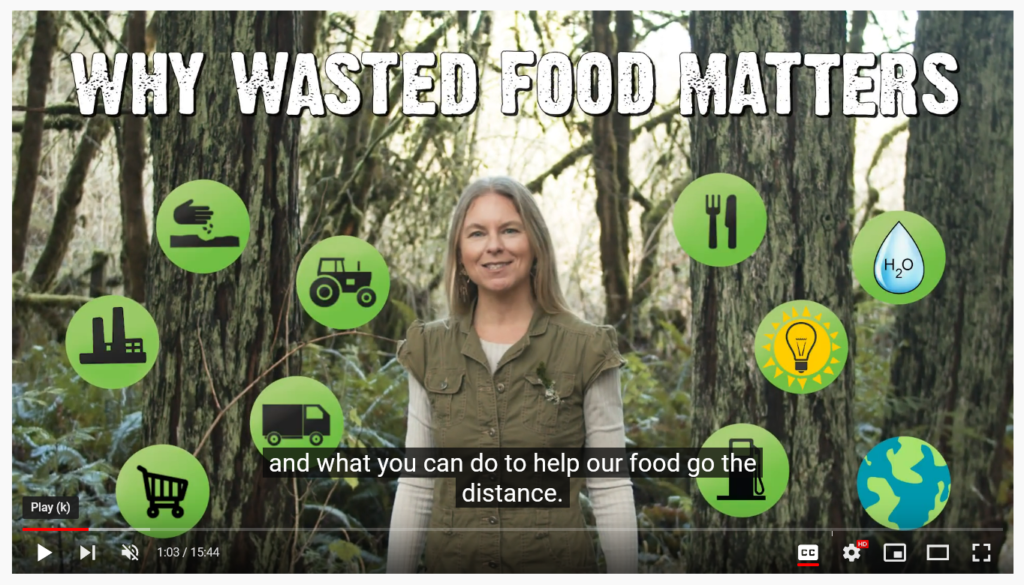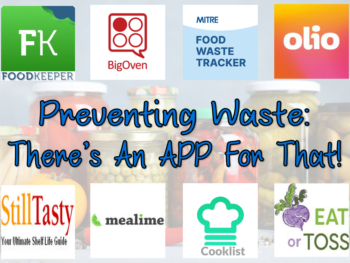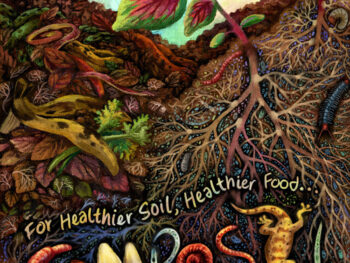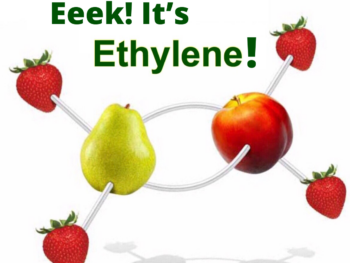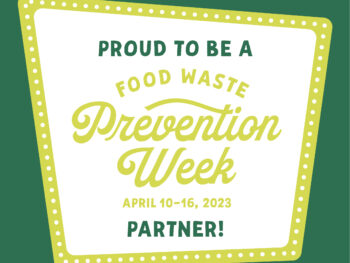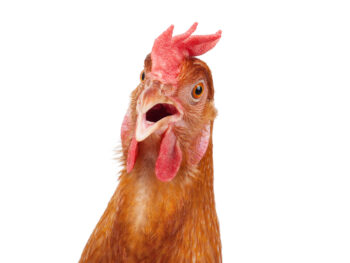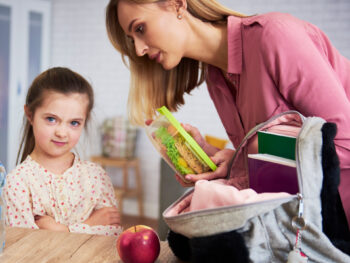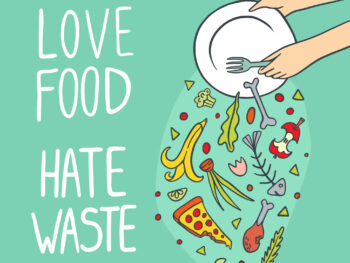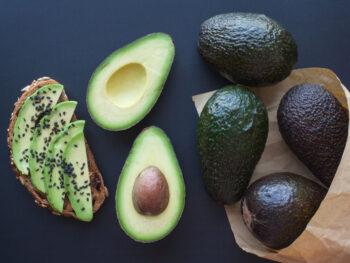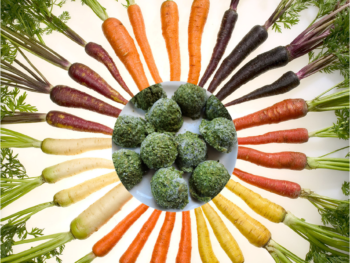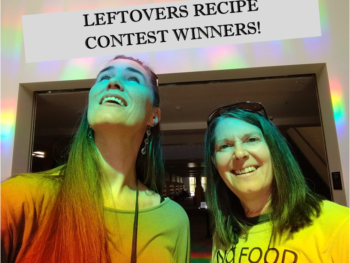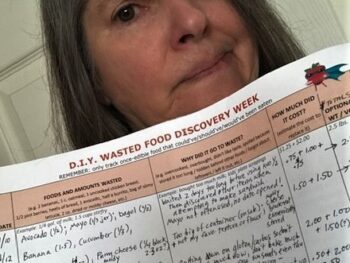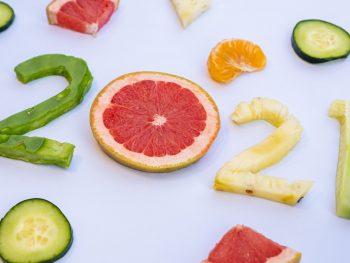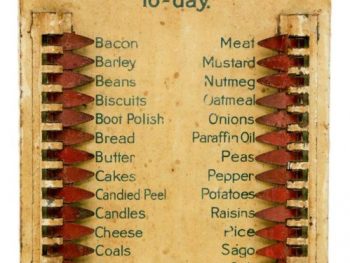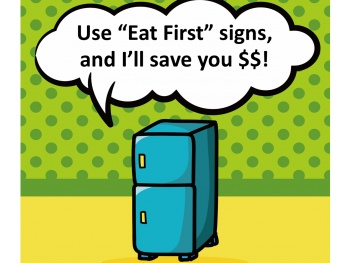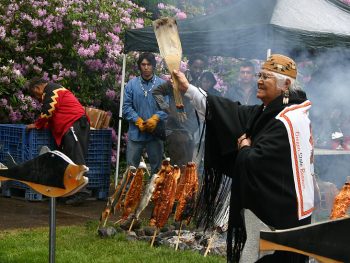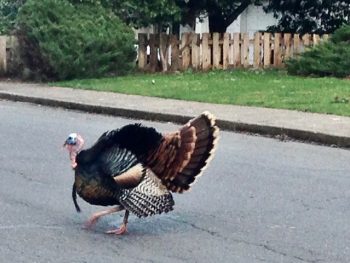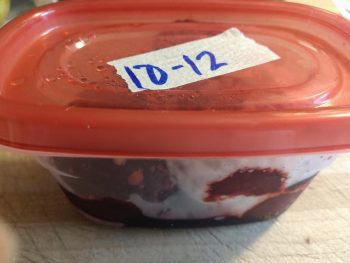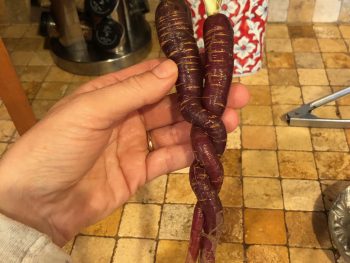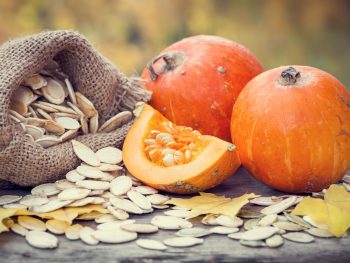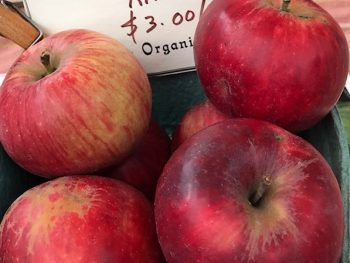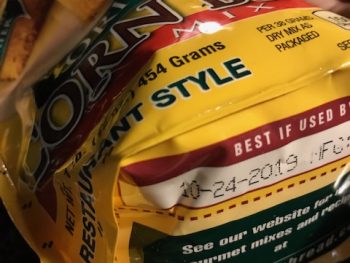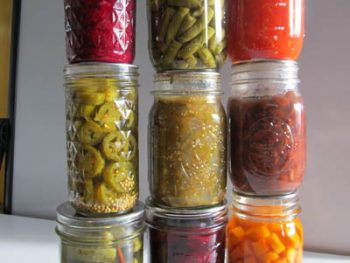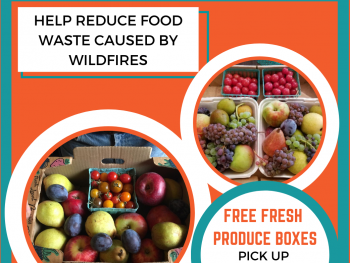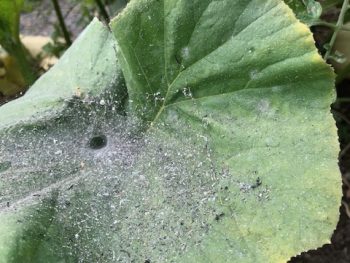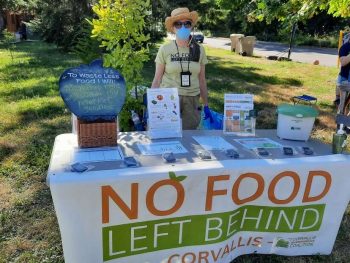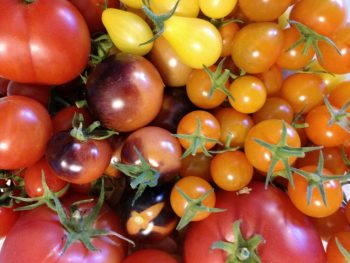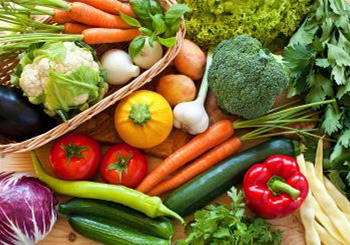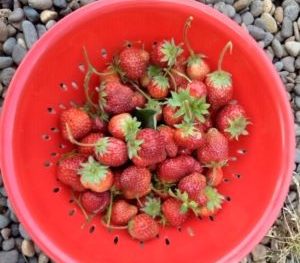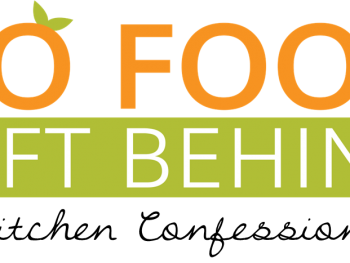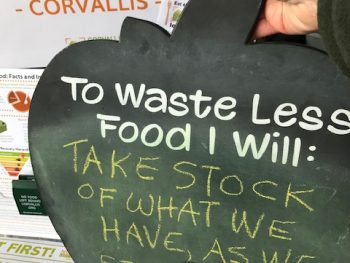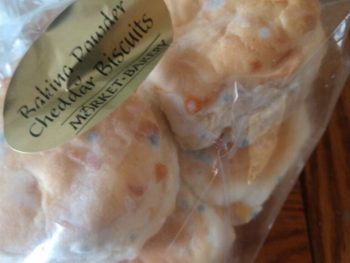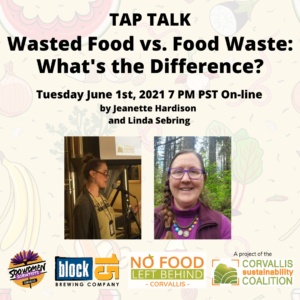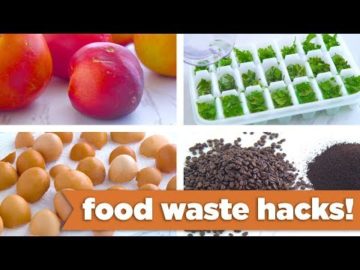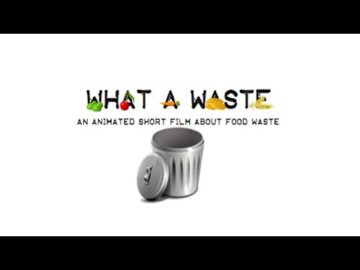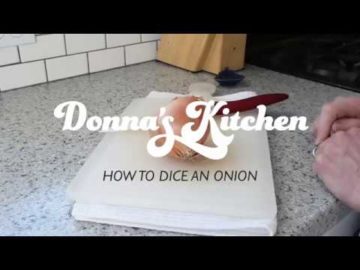Wasted Food Prevention Tool Box

SMART STRATEGIES: Planning, Shopping, Prep
Smart Planning: Meal Planner
Smart Shopping: Meals in Mind Shopping List
Smart Prep: Prep Now, Eat Later
D.I.Y. Wasted Food Discovery Week form
(to notice which foods you’re wasting and why)
EN ESPAÑOL
ESTRATEGIAS SAGACES: Planificar, Comprar, Preparar
Mi Plan de las Comidas
Piense en sus Comidas Mientras Compre Alimentos
Sea Sagaz: PREPARE AHORA, DISFRUTE DESPUÉS
Hágalo Usted Mismo: Semana Para Descubrir Alimentos Arruinados
SMART STRATEGIES: Storage
A-Z Fruit and Vegetable Storage Guide
Smart Saving: “Eat First” Sign
Freezer Inventory List
FDA’s Refrigerator and Freezer Storage Chart
Freezing Fruits and Vegetables
Freezing Convenience Foods
EN ESPAÑOL
ESTRATEGIAS SAGACES: Almacenamiento
Guía de cómo Almacenar Frutas y Verduras
Ahorros Sagaces: ¡COMER 1°!
Lista de los Contenidos
Tabla Formulada Para el Propósito
Did you know? In the US, wasted food accounts for …

Food is wasted when we buy more than we need, store it incorrectly, throw away leftovers or just cook too much. The average Oregonian throws out 300 lbs of food per year.
By making small shifts in how we shop, store and prepare food, we can keep the valuable resources used to produce and distribute food from going to waste. Use our Smart Strategies to help prevent wasted food in your home.
We use the term “wasted food” instead of “food waste” because our program addresses perfectly edible food, not just kitchen scraps.
Courtesy of EPA, Sources on Graphics:
USDA Economic Research Service,(ERS) Total and Per Capita Value of Food Loss in the United State (2012); USDA ERS , The Value of Retail- and Consumer- Level Fruit and Vegetable Losses in the United States (2011); Venkat, The Climate Change and Economic Impacts of Food Waste in the United States (2012): Hall et al, The Progressive Increase of Food Waste in America and Its Environmental Impacts (2009)
Wasted Food vs. Food Waste: What's the Difference?
NFLB presents to 500 Women Scientists Corvallis: NFLB Director, Jeanette Hardison gave a recent Tap Talk presentation along with avid local composter Linda Sebring. They discussed preventing wasted food and properly composting the rest. Check it out!
Thanksgiving Leftovers
IN THE NEWS: NFLB Director, Jeanette Hardison, shared useful strategies on avoiding wasted food at Thanksgiving and beyond on KOIN TV’s AM Extra.


